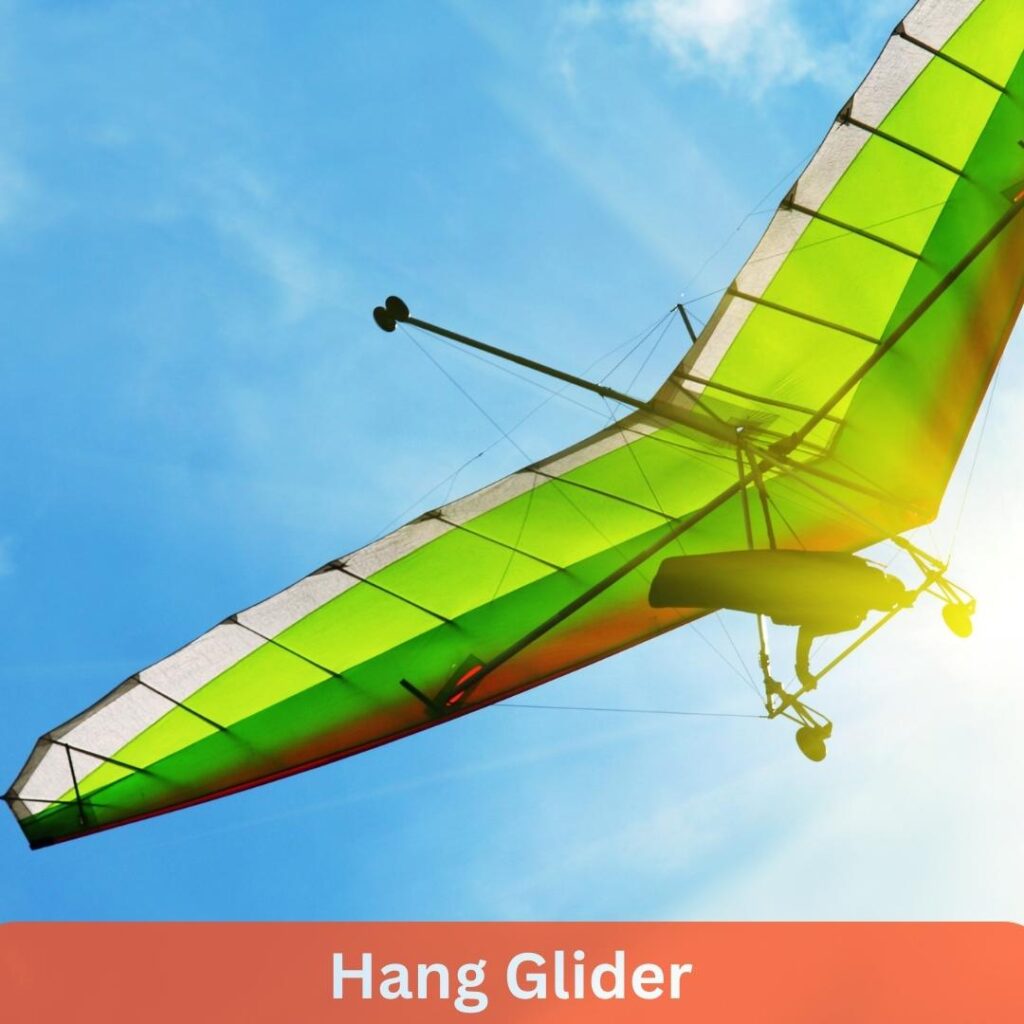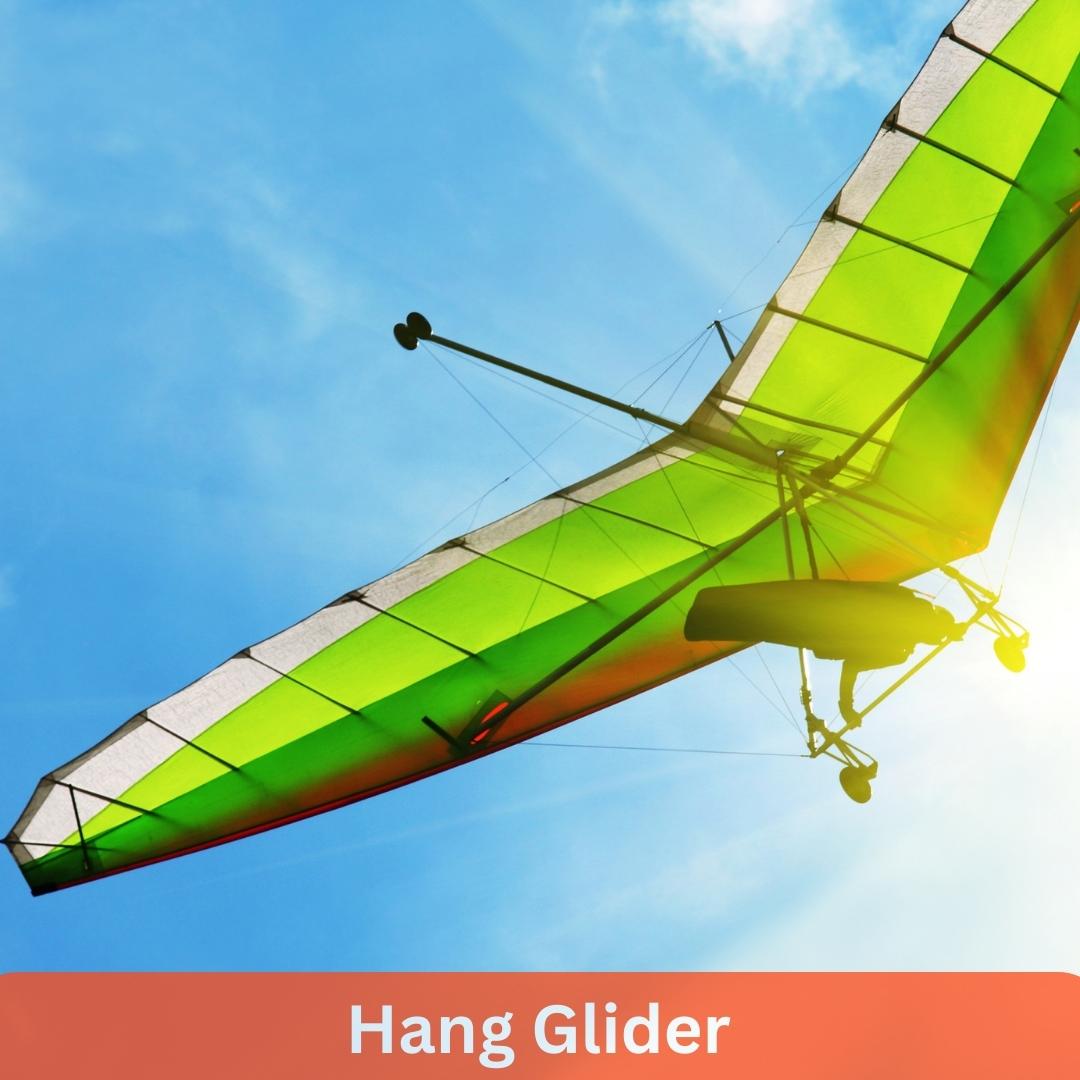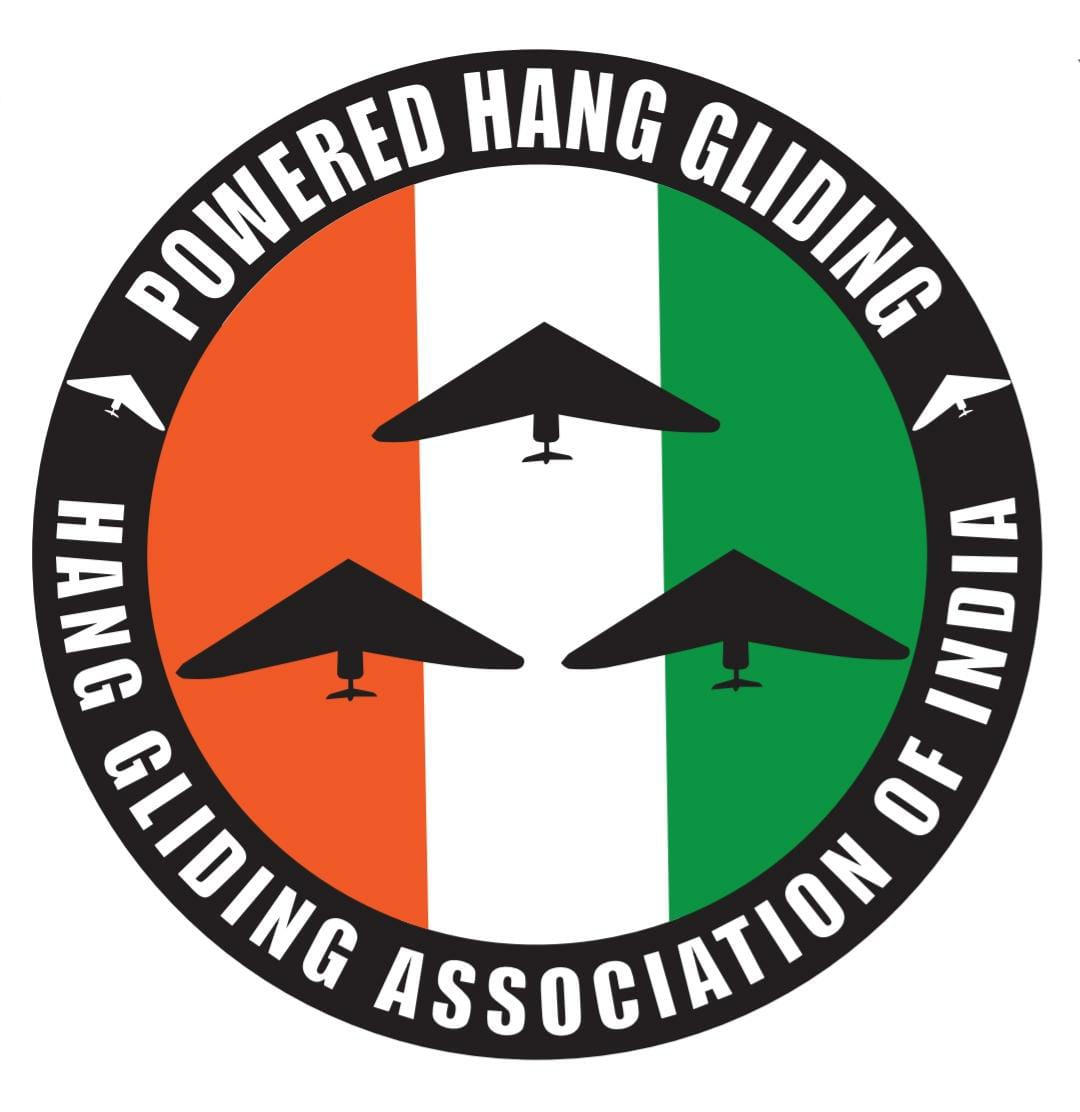
Hang gliding is an air sport that involves flying a foot-launched aircraft without an engine. The pilot is suspended in a harness beneath a rigid, wing-shaped frame and controls the aircraft using weight shift and hand-held controls. Here are some best practices for safety in hang gliding:
Training: It is essential for hang gliding pilots to receive proper training from a qualified instructor before attempting to fly a hang glider. The training should cover the basics of aerodynamics, equipment, launching, flying, landing, emergency procedures, and other critical skills.
Equipment: All hang gliding equipment should meet international safety standards and be regularly maintained and inspected to ensure it is in good condition. This includes the hang glider wing, harness, helmet, reserve parachute, and other gear.
Weather Conditions: Hang gliding should be carried out only in suitable weather conditions. Pilots should always monitor weather forecasts and wind conditions before launching and be aware of the risks associated with flying in turbulent weather.
Site Assessment: Pilots should assess the launch and landing sites for potential hazards, such as power lines, trees, or other obstacles that could pose a risk during takeoff, landing, or in-flight.
Flight Planning: Pilots should plan their flights carefully, taking into consideration their skill level, the weather conditions, and the terrain. They should also carry a map, a compass, and a GPS device to aid navigation.
Communication: Pilots should communicate effectively with other pilots and support crew to ensure a safe and coordinated flight. They should also be aware of other aircraft in the area, such as paragliders, paramotors, and other aviation traffic.
Enquiry Form

Hang gliding is an air sport that involves flying a foot-launched aircraft without an engine. The pilot is suspended in a harness beneath a rigid, wing-shaped frame and controls the aircraft using weight shift and hand-held controls. Here are some best practices for safety in hang gliding:
Training: It is essential for hang gliding pilots to receive proper training from a qualified instructor before attempting to fly a hang glider. The training should cover the basics of aerodynamics, equipment, launching, flying, landing, emergency procedures, and other critical skills.
Equipment: All hang gliding equipment should meet international safety standards and be regularly maintained and inspected to ensure it is in good condition. This includes the hang glider wing, harness, helmet, reserve parachute, and other gear.
Weather Conditions: Hang gliding should be carried out only in suitable weather conditions. Pilots should always monitor weather forecasts and wind conditions before launching and be aware of the risks associated with flying in turbulent weather.
Site Assessment: Pilots should assess the launch and landing sites for potential hazards, such as power lines, trees, or other obstacles that could pose a risk during takeoff, landing, or in-flight.
Flight Planning: Pilots should plan their flights carefully, taking into consideration their skill level, the weather conditions, and the terrain. They should also carry a map, a compass, and a GPS device to aid navigation.
Communication: Pilots should communicate effectively with other pilots and support crew to ensure a safe and coordinated flight. They should also be aware of other aircraft in the area, such as paragliders, paramotors, and other aviation traffic
Enquiry Form

